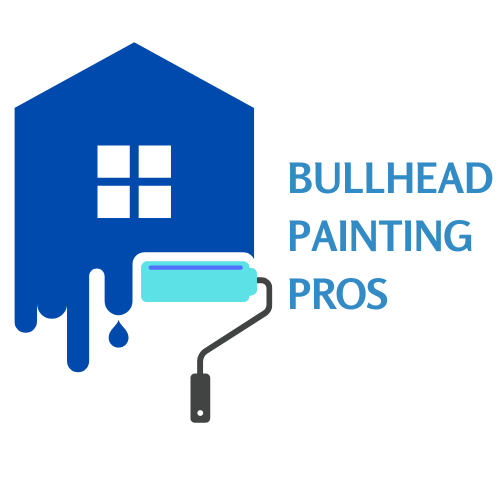Pros and Cons of Satin Paint
Satin paint offers a blend of advantages and disadvantages, making it a popular choice for various applications. Here's a breakdown of the pros and cons:
Pros:
- Smooth Appearance: Satin paint provides a smooth, subtle sheen that adds depth to walls without being as shiny as gloss paints. It strikes a balance between matte and high-gloss finishes, offering a sophisticated look.
- Durability: It is more durable than flat or matte finishes, making it easier to clean without compromising the paint's integrity. Satin finishes can withstand mild scrubbing and are more resistant to stains and marks compared to flat paints.
- Versatility: Suitable for a wide range of interior surfaces, satin paint works well on walls, trim, and woodwork. Its ability to subtly reflect light can enhance the appearance of architectural details.
- Ease of Application: Satin paints are generally easier to apply compared to higher gloss paints like semi-gloss or gloss. They provide good coverage and hide imperfections in the wall surface better than glossier finishes.
- Moisture Resistance: While not as moisture-resistant as semi-gloss or gloss paints, satin finishes offer moderate resistance to moisture, making them suitable for use in bathrooms and kitchens.
Cons:
- Visible Imperfections: Satin finishes can highlight surface imperfections such as bumps, cracks, or patched areas more than flat paints. Proper surface preparation is crucial to achieve a smooth finish.
- Sheen Variation: Depending on the lighting conditions and viewing angle, satin paint can appear slightly different in sheen, which may affect the overall consistency of the painted surface.
- Less Reflective: For areas where you want maximum light reflection, such as trim or doors, semi-gloss or gloss paints may be more suitable, as satin paint has a lower sheen level.
- Staining: While satin paints are more stain-resistant than flat paints, they are still susceptible to showing marks and stains more readily than higher gloss paints. Care must be taken when cleaning to avoid scrubbing excessively.
- Limited Use on Exteriors: Satin paint is primarily designed for interior use. Using it on exterior surfaces may result in quicker weathering and less durability compared to paints specifically formulated for outdoor use.

